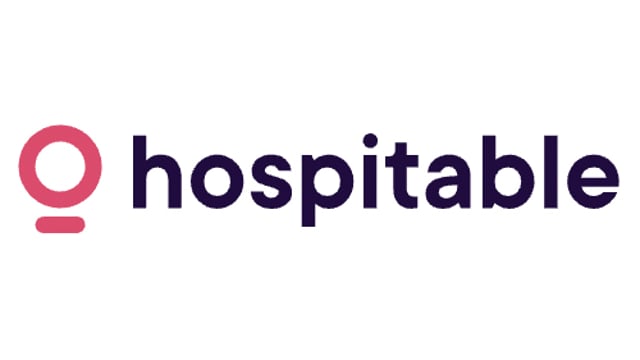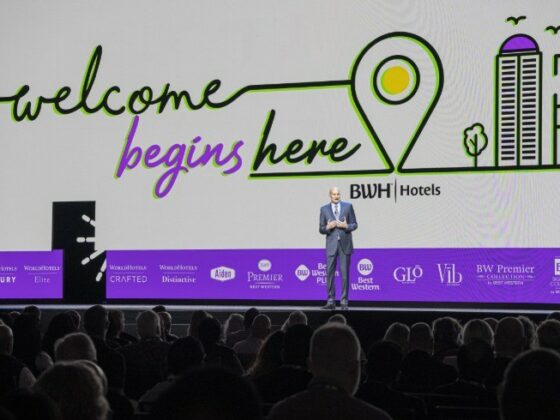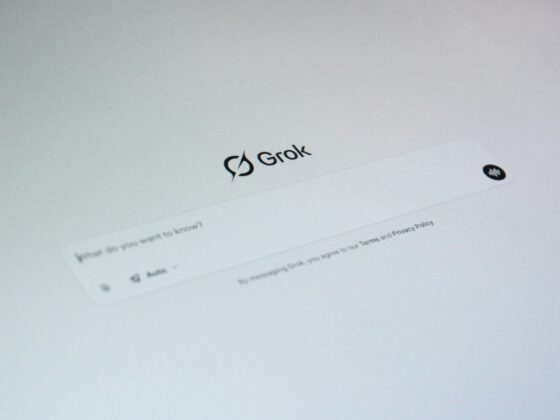
The potential exit of TikTok from the US, growing concerns over the quality of user-generated content on Meta and Alphabet platforms, and controversial statements from Meta’s leadership about corporate culture present a trifecta of disruption for digital advertisers. These shifts are placing unavoidable pressure on marketers to reassess their strategies and identify alternative channels for their ad spend.
When taking a deeper look, in-app advertising (non social channels) is poised to emerge as a compelling option. It provides scalable, brand-safe environments to connect with diverse audiences. The in-app ecosystem, often overlooked despite its proven efficacy, combines precise targeting, immersive ad formats, huge scale, engaged audiences, and strong measurement capabilities. As social platforms face increasing scrutiny and uncertainty, in-app advertising stands as an alternative that aligns with evolving consumer behaviors, brand safety needs, and digital trends.
Marketers should seize this moment to diversify their media mix and find solid footing in an increasingly unpredictable digital landscape.
Don’t Flock to the Next “Platform Du Jour”
We’re already starting to see some potential incumbents; platforms like Red Note, a Chinese app currently trending as a TikTok alternative, is growing quickly. But before going all-in, it’s important to consider the risks of rushing into new and untested environments.
Platforms like Red Note may not yet have robust moderation practices, exposing advertisers to brand safety risks due to potentially inappropriate or unregulated content. Furthermore, audience fragmentation in the wake of TikTok’s exit could lead to volatile user behaviors, making it harder for brands to find stable, reliable audiences on any single platform. Also, it’s not the ‘safest’ on domestic platforms either… The recent news around Meta rolling-back fact-checking and DEI programs could be a recipe for brand safety and suitability hardship. Additionally, as Axios recently reported, Google never included fact-checking as part of its content moderation practices and doesn’t plan on changing this anytime soon.
It’s pretty clear that advertisers should take a more calculated approach when deciding where to move their ad dollars.
The Need for Alternative Advertising Channels
Let’s explore why TikTok is such a hit. It directly stems from the fact that it’s supported by user generated content, and a strong content identification and recommendation algorithm. Users experience big levels of personalization and an overall feeling of content authenticity – and that’s the key. According to a report from Sprout Social, authenticity tops the list of what consumers don’t see enough of from brands on social media, and 70% expect personalized responses when they reach out on social channels
It will be critical for agencies and brands to find the channels and methods that can meet consumer expectations, despite changing regulations – and in-app is a strong contender for a path forward. One company proving the value of alternative advertising channels is Applovin. By focusing on performance-driven in-app advertising, the company’s valuation has actually surpassed that of The Trade Desk. Applovin’s strategy integrates advertising seamlessly within apps, driving game app installs.
An Overlooked Powerhouse
This is really just scratching the surface of how the broader in-app advertising ecosystem can be used. While Applovin showcases the success of game app installs, other companies offer diverse app and publisher bases, and creatives for marketers. Essentially, there’s an app for just about every purpose or interest, with unique creative formats that don’t hinder users’ experience.
To further depict the viability of in-app, eMarketer found that mobile apps account for 88% of total mobile time spent. Also, Statista forecasted that the average time spent daily on a phone, not counting talking, would reach 4 hours and 39 minutes in 2024. This showcases the breadth of engaged audiences, and the potential for advertisers to deliver relevant messaging when they matter most.
In regards to brand safety, in-app offers controlled and transparent environments compared to the volatile landscape on social platforms. Many in-app marketplaces provide access to premium inventory from vetted publishers, ensuring ads are displayed in high-quality, brand-safe environments.
The premium inventory options help brands connect with audiences in contextually relevant ways, such as placing ads within apps that align with their messaging. For example, fitness brands can run campaigns within health and wellness apps, reaching audiences already in a mindset aligned with their product offerings. This targeted approach not only reduces wasted impressions but enhances the overall user experience, promoting better brand recall and affinity.
By focusing on premium inventory, controlled environments, and contextual relevance, advertisers can build sustainable, high-performing campaigns that deliver strong ROI. With mobile apps dominating mobile time spent, in-app advertising provides access to engaged audiences and offers a robust platform for reaching consumers with relevant messages. This makes in-app advertising an essential component of any forward-thinking digital marketing strategy.








